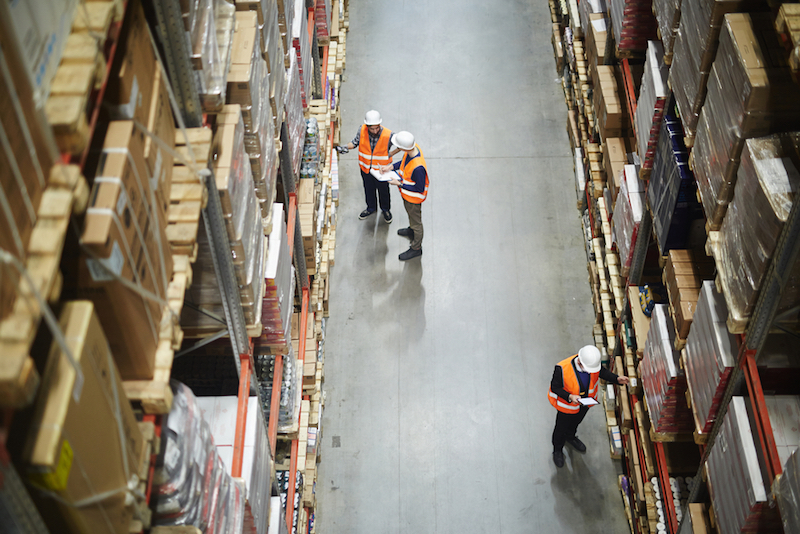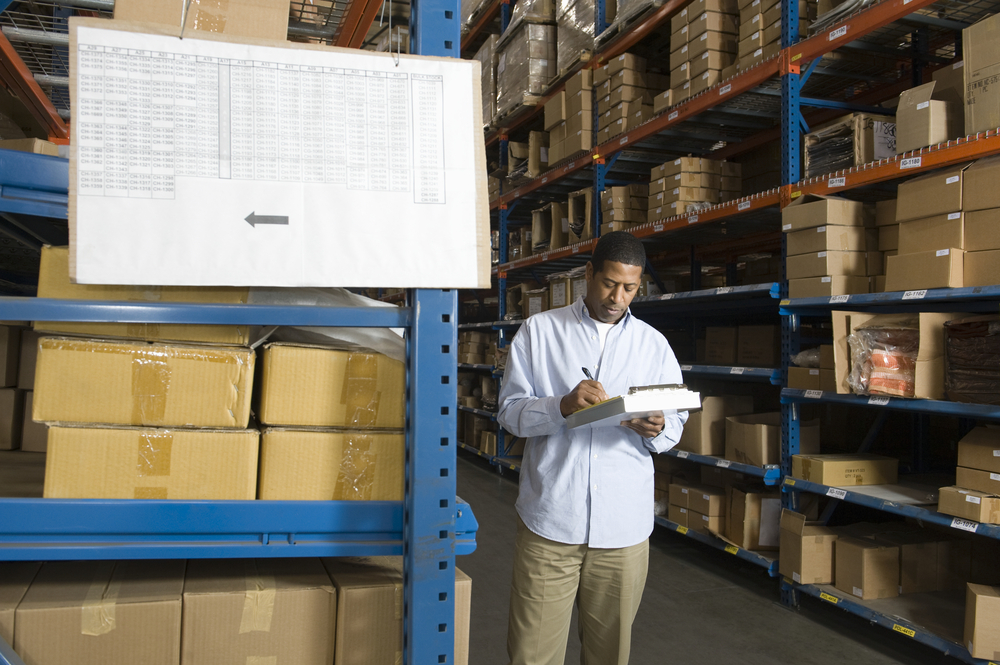How to Spot a Bad Racking Inspection Course?
Bad Inspection courses vary a lot in quality across the UK and Ireland, so how you can you spot a bad one?
A bad racking inspection course can be worse than useless. Not only will it not teach you good practice for racking inspection safety; it runs the risk of teaching the wrong way to inspect a racking system. In some cases, doing something wrong is more dangerous than not doing it at all.
To make sure that your racking inspections are the rigorous safety checks they should be, you need the right kind of training. In order to get that, here’s a quick guide on how to spot a bad racking inspection courses.
A Bad Racking Inspection Course Makes False Promises
SEMA delivers a course designed for people who want to pursue a career in racking inspections. The people who attend this course usually have some kind of background in engineering or safety and have every intention of starting their own racking inspection business.
The people who pass the pre-course qualifier, attend this intensive course, and attend all of the necessary follow up training are SEMA approved racking inspectors. Attending any other racking inspection courses will not make them a SEMA approved racking inspector. Courses which accidentally — or purposefully — suggest otherwise are wrong.
This is relevant because HSE recommends inspections from outside “experts”, such as SEMA approved racking inspectors, at least once a year. Attending a racking inspection courses will not qualify you as an “expert”; only SEMA approved racking inspectors qualify as experts.
What a racking inspection courses allow you to do is perform the regular staff-led inspections which HSE also recommends.
A Bad Racking Inspection Course Is Not Thorough
Learning how to properly inspect a racking system isn’t like learning how to solve a Rubik’s Cube. While the latter can be learnt by watching a 20-minute video, the former is a lot more complicated and it should be treated as such.
The racking inspection course we offer at Storage Equipment Experts is a full-day course. We pack as much information as we can into the day, but we don’t rush through anything either. We make certain that each person attending the course gets as much out of it as possible.
A Bad Racking Inspection Course Will Be Delivered By Someone Unqualified
Anyone can offer a racking inspection course, but that doesn’t mean you can or should trust just anyone. In order to guarantee that you will adopt good practice with your racking inspections. You need a racking inspection course delivered by a SEMA approved racking inspector. This is exactly the kind, of course, we offer at Storage Equipment Experts.
A Bad Racking Inspection Course Is Inflexible
There are SEMA approved racking inspectors all over the UK and Ireland. In fact, there are SEMA approved racking inspectors all over the world. All of this is well and good, but a racking inspection course being delivered in Shanghai isn’t much help if your business is based in Redditch.
London is an extremely accessible city for people across the UK, Ireland, and even most of Europe. This is why attending the racking inspection courses at our training centre is so easy. However, even travelling to a city as accessible as London isn’t an option for everyone. The new generation of business owners is more strapped for time than ever. It’s for this reason that we also offer to travel to your workplace to deliver our racking inspection course.
As well as making the courses easier for your staff to attend, another benefit is that we able to show you exactly how a racking inspection should be performed in your workplace. What’s more, we are happy to travel to any business in the UK or Ireland to deliver this service.
If you’re considering booking a racking inspection courses for you or your staff, contact Storage Equipment Experts today for a FREE consultation. With testimonials from Tate Modern, Smiffys, and Dunlop. We are proud to offer the best racking inspection services in the UK.










